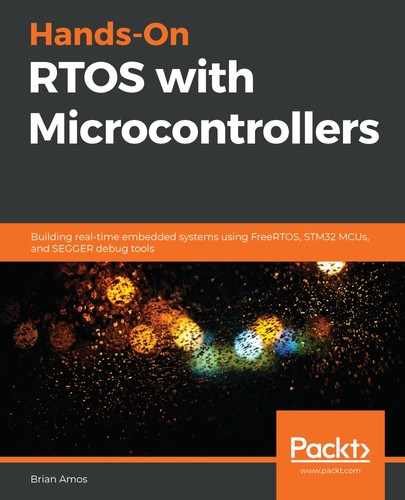In today's ever-increasingly connected ecosystem of the Internet of Things (IoT), having on-board networking capability on the MCU can be a boon to a project. . . as long as the right firmware exists to drive it. It is important to realize that having a peripheral is not the same as having full functionality. For example, just because an MCU supports a reduced media independent interface (RMII) and a physical layer in networking (PHY) does not mean you can immediately get a full TCP/IP stack—all of that firmware functionality needs to come from somewhere. Potential connectivity baked into devices can include Ethernet, RMII, 802.11 (WiFi), 802.15.1 (Bluetooth), and 802.15.4 (Zigbee, HART, and so on).
When it comes to wireless communications, things get a bit more complex, since the product will need to be pushed through an approval process from the appropriate agency, depending on geographic location. Pre-certified radio frequency (RF) modules can be used to minimize the amount of effort and cost to develop a properly certified end product.
Due to a specialized PCB layout, regulatory requirements, and complex network stacks, on-board MCU peripherals that facilitate wireless communications aren't quite as useful as they first appear for a low-volume product. Again, don't be lulled into a false sense of accomplishment by simply specifying a part that has hardware available, since wireless communication stacks can be extremely complex and wireless certification testing is expensive.
